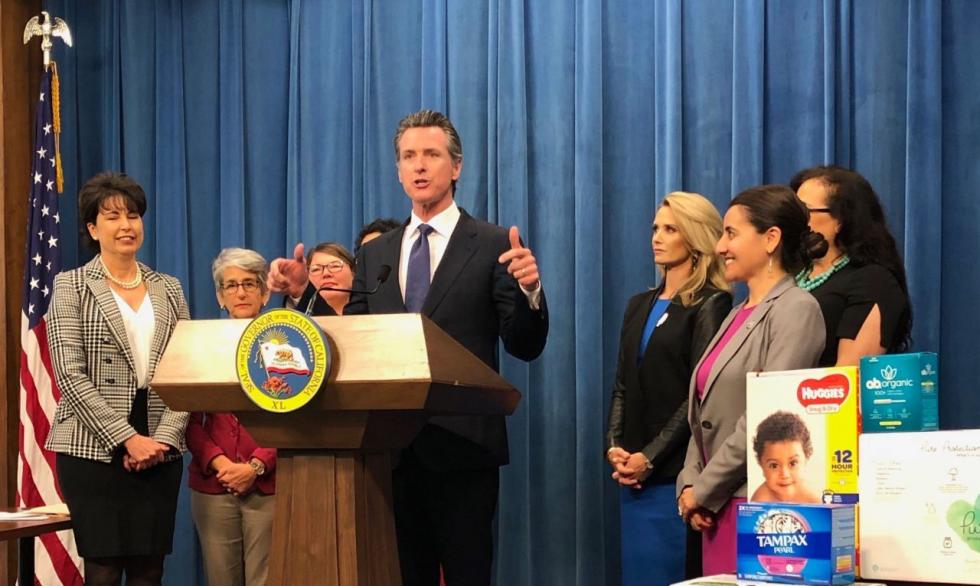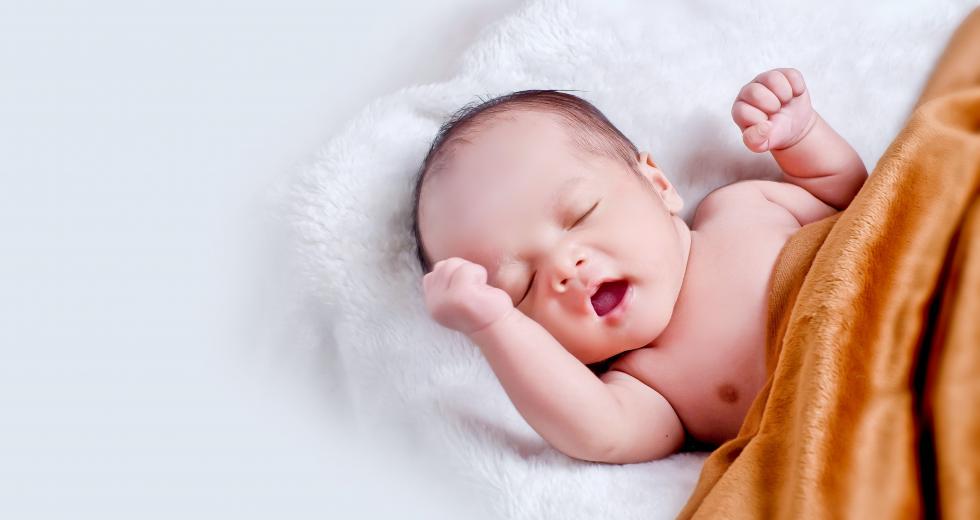California recently approved a longer paid family leave, allowing workers whose blessed events fall on the right side of the new law to take up to eight weeks off with partial pay to bond with a new baby. How’s that going to work? We asked the experts and read the fine print to help you figure it out now, before you’re too sleep deprived to think straight.
The ovulation calendar, that part’s on you.
I’m about to have or adopt a baby. Do I get the longer paid leave?
Probably not. The new 8-week plan kicks in on July 1, 2020. If you file a claim to take paid family leave before that date, you will likely be put on the current plan that allows for six weeks of paid leave, according to Loree Levy, deputy director of the Employment Development Department. She said the rules are still being finalized, but that’s how she expects it will work.
Remember: Paid family leave is on top of the six weeks of disability pay that women can get after childbirth.
Can I take six weeks of paid family leave now and get two more weeks after July 1, 2020?
Probably not, Levy said. Again, the rules aren’t final but that’s her expectation based on how changes have been made in the past.
Does my baby have to be born after July 1, 2020, for me to take eight weeks of paid leave?
Probably not. Whether you get six or eight weeks of paid leave will likely depend on the “effective date” you put on the paperwork you file with the state, not when your baby is born or adopted. Same caveat as above: The rules are still in the works.
A glimmer of good news for families expecting a baby in the spring: If your baby is born before July 1 and you can wait to start taking paid leave, you may be able to get eight weeks of paid leave by putting a July 1, 2020, effective date on your claim.
I’m not pregnant but my partner is. Do I get eight weeks of paid leave too?
Yes. Both parents can take up to eight weeks of paid family leave.
How much will I get paid?
About 60 percent to 70 percent of your normal wages, depending on your income. Gov. Gavin Newsom has put together a task force to study how to increase that to 90 percent for low-income workers, but it hasn’t yet come up with a plan.
Some employers may allow you to take vacation time or provide other benefits to get your paycheck up to 100 percent, said Sebastian Chilco, an employment attorney with the Littler law firm in San Francisco. Though you can file for paid family leave through the state without telling your employer, he recommends letting your company know so you can find out what other benefits are available.
“It’s a lot easier to deal with things in advance,” Chilco said.
How do I know if I qualify for paid family leave?
You have to have paid into the State Disability Insurance fund in the last five to 18 months. In general, this is a program for private sector workers, though some government employees also participate. Check your pay stub for payments to “CASDI” and click here for more details.
Does my employer have to let me take the longer leave if I want it?
Only in certain circumstances. If you have worked at your company for at least 26 hours a week over the last year and your worksite has at least 20 employees, your employer has to hold your job for you while you take baby-bonding leave.
But smaller companies are not required to hold your job for you. That means about 25 percent of California workers are paying into the leave system but could be fired if they take it, said Jenna Gerry, an attorney at Legal Aid at Work.
Her group supported a bill this year that would have aligned the rules “so if you qualify for paid family leave you also qualify for the right to take time off and return to your job after your leave,” Gerry said. It stalled, but advocates plan to try again next year.
Gov. Gavin Newsom, with members of the legislative Women’s Caucus
and First Partner Jennifer Siebel Newsom, outlines his proposed
budget’s family priorities, including tax breaks for diapers and
expanded family leave. (Photo for CalMatters by Judy Lin)

I thought Gov. Newsom proposed six months of paid leave for new parents. Why are you talking about 8 weeks?
It’s true that Newsom proposed six months of paid leave, saying in January that “there is no substitute for parents spending time with their children.”
But his idea is that each baby in California will be cared for by a parent or close family member for six months, not that each worker will get six months of paid leave. Newsom’s plan envisions two family members each taking two to four months off to care for a baby. So the new eight-week paid leave gets pretty close for two-parent families. If one of them is a birth mother who also takes six weeks of pregnancy disability pay, the family would get 22 weeks of paid time off, or about five and a half months.
Newsom’s task force is studying how California could structure a paid leave plan that would allow six months of family care for every baby. It’s expected to make recommendations in November.
Who’s paying for all this?
You are, if you’re among the 95 percent of California workers who pay into the State Disability Insurance fund through a 1 percent tax on your paycheck. The state is lowering the amount of money held in the fund’s reserves to cover the cost of the additional two weeks of leave.
Paid leave isn’t just for parents, though — right?
Right. You can take six weeks of paid family leave to care for a seriously ill child, parent, parent-in-law, grandparent, grandchild, sibling, spouse or registered domestic partner. And that increases to eight weeks on July 1, 2020. But the job protection rules are a little different than they are for people taking leave to bond with a baby. And of course, you won’t need that ovulation app.
—
CalMatters.org is a nonprofit, nonpartisan media venture explaining California policies and politics. Comstock’s is a CalMatters media partner.



